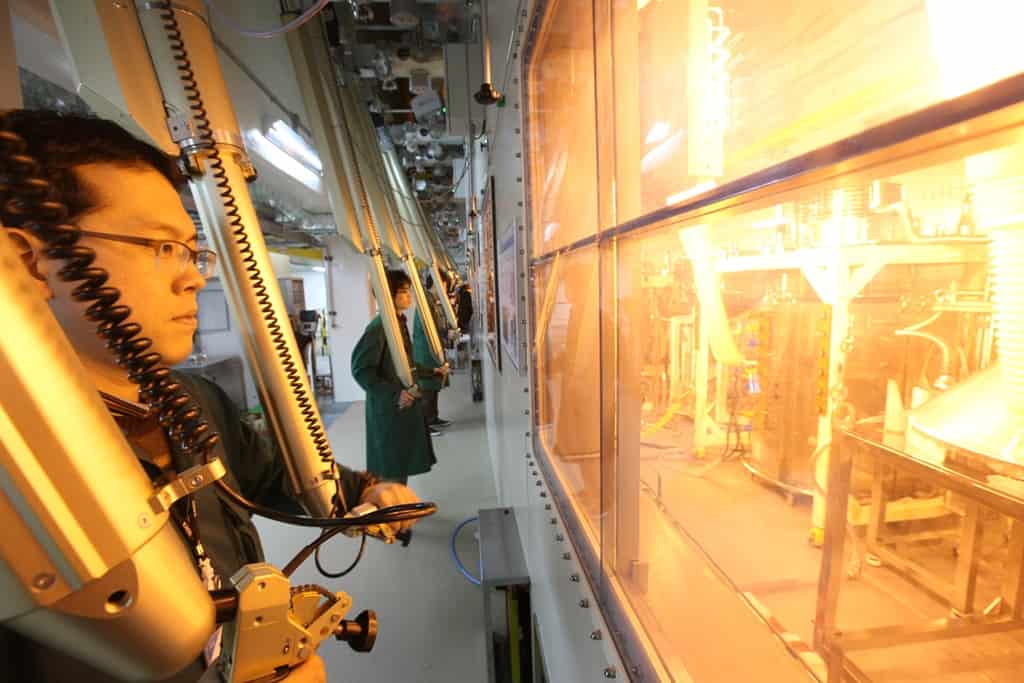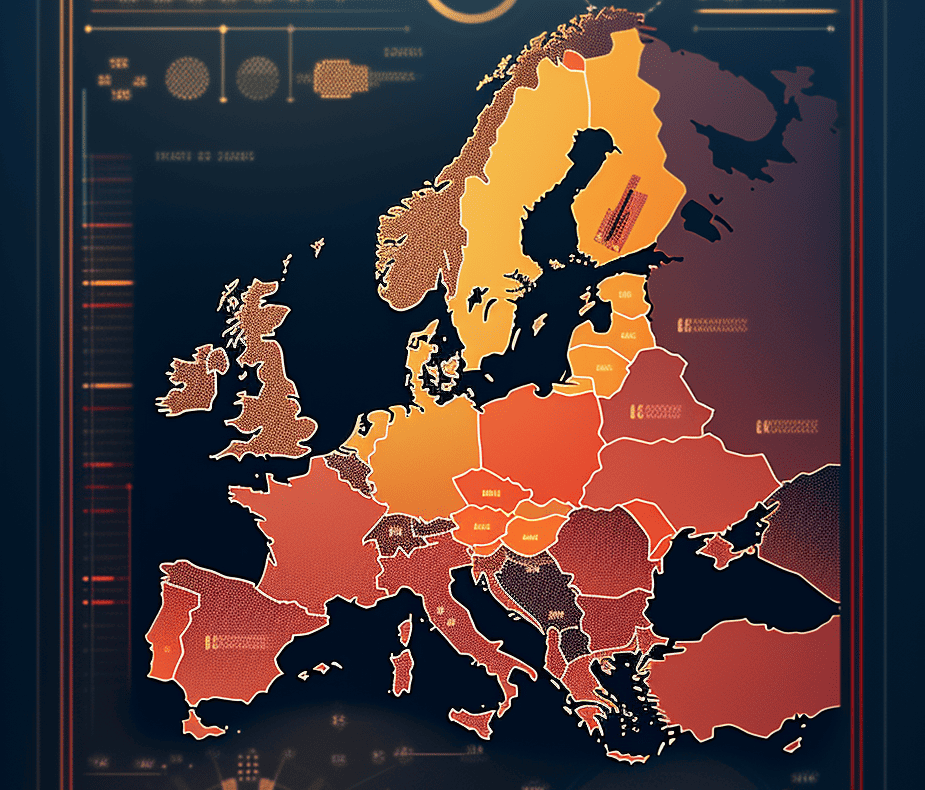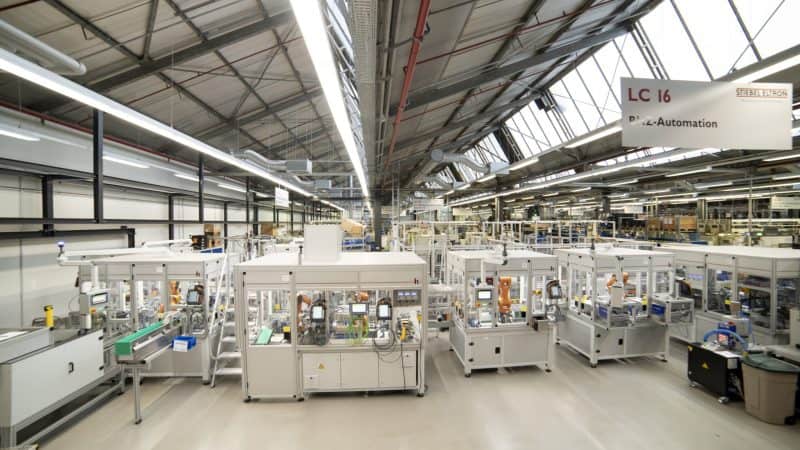
By 2050, the EU aims for almost all heating to be climate-friendly, with heat pumps as a crucial solution. The EU targets an additional 10 million heat pump units by 2027. Currently, the heat pump value chain employs 117,000 people, with the European Commission reporting that it manufactures around 73% of the EU’s heat pump needs.
- Eastern European countries, especially Poland, are leading the production of heat pumps for decarbonizing heating in Europe, with the EU aiming for almost all heating to be climate-friendly by 2050.
- The heat pump market is booming due to factors like high fossil fuel prices, policy interventions, and the energy crisis resulting from geopolitical events.
- European manufacturers face competition from Asia and potential US exports, prompting them to expand production and invest in heat pump capacity.
A heat pump valley is developing at the intersection of Poland, the Czech Republic, and Slovakia, with major manufacturers such as Daikin, Viessmann, Bosch, Panasonic, Vaillant, and Stiebel building factories. The European Commission sees a strong technological lead for EU companies in geothermal and large-scale heat pumps for district heating.
Heat Pump Market Booms Amid Energy Crisis
Heat pumps are widely regarded as the most crucial technology for decarbonising heating in the path to net-zero emissions. In 2022, heat pump sales in Europe reached 3 million, and doubling since 2019. Factors contributing to this growth include skyrocketing gas and oil prices, policy interventions, and the energy crisis resulting from Russia’s invasion of Ukraine[2]. Rapid growth has been observed in both mature markets, such as the Nordic countries, Switzerland, and France, and emerging markets like Germany, Poland, and the Netherlands.
High fossil fuel prices make heat pumps a more economical choice, and the EU’s Emission Trading System (EUETS) will further support their adoption by pricing carbon from heating fuels starting in 2027. Several countries have announced phaseout dates for fossil fuel heating, with the possibility of an EU-wide phaseout by 2029. Additionally, clean heat standards and EU Renewable Energy Directive (RED) reforms could further fuel the heat pump market.
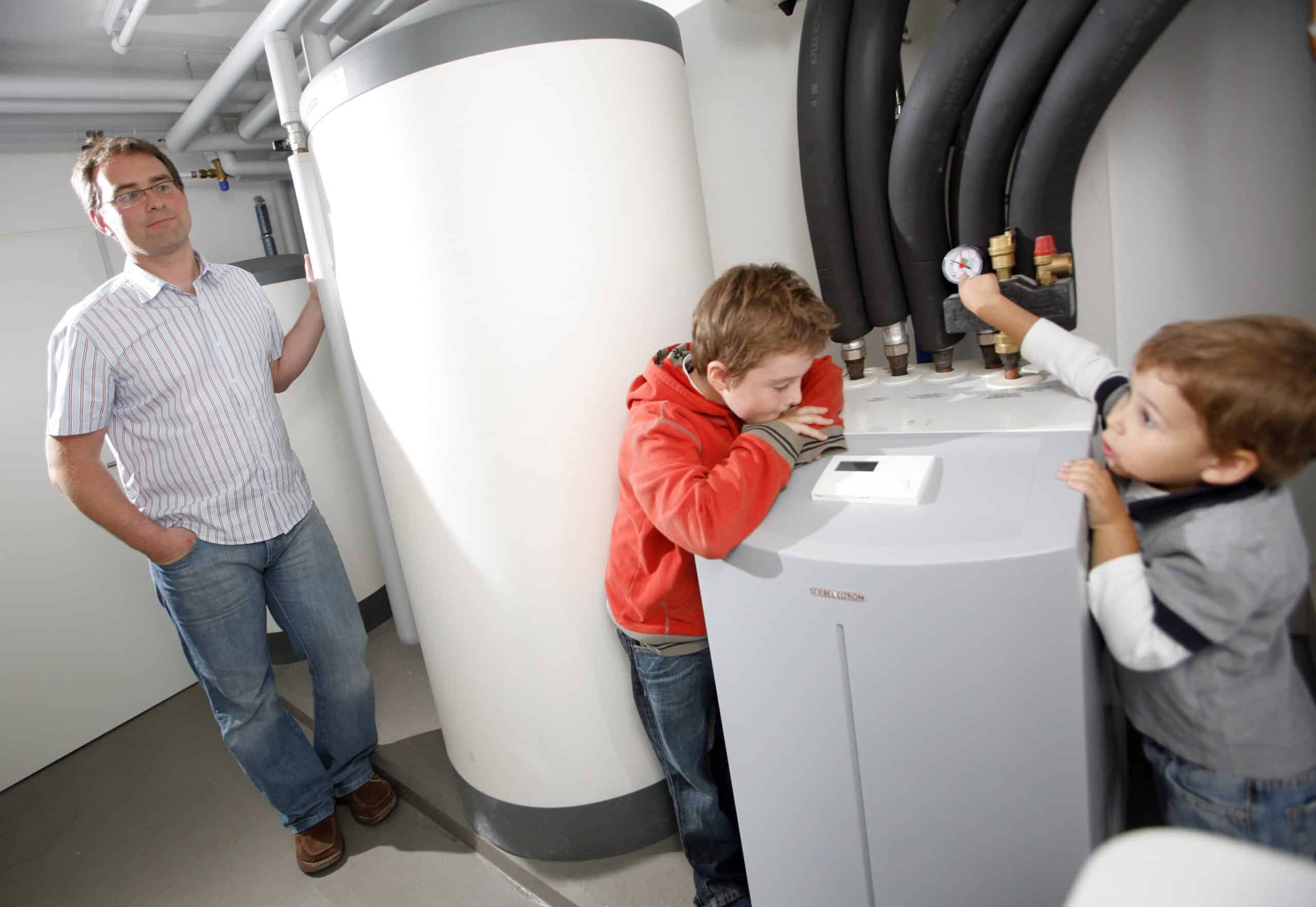
Global Competition and Strategy for European Manufacturers
European manufacturers, such as Bosch, WOLF, and Viessmann, face competition from Asia and potential US exports. The US Senate is developing a tax credit bill, the “Heating Efficiency and Affordability through Tax Relief” (HEATR) Act, to strengthen the domestic heat pump industry. In response, European manufacturers are expanding production. The European Heat Pump Association (EHPA) supports government backing and calls for a strategic approach and heat pump accelerator similar to the EU’s hydrogen policy support.
Europe’s demand for heat pumps is booming due to high gas prices, but the industry faces challenges such as bottlenecks in delivery, skilled labour shortages, and the need for building insulation to maximise efficiency. Despite these challenges, heat pump sales are expected to rise to 7 million by 2030, reducing natural gas consumption by 21 bcm and aiding the REPowerEU objective to end Russian gas imports before 2030.
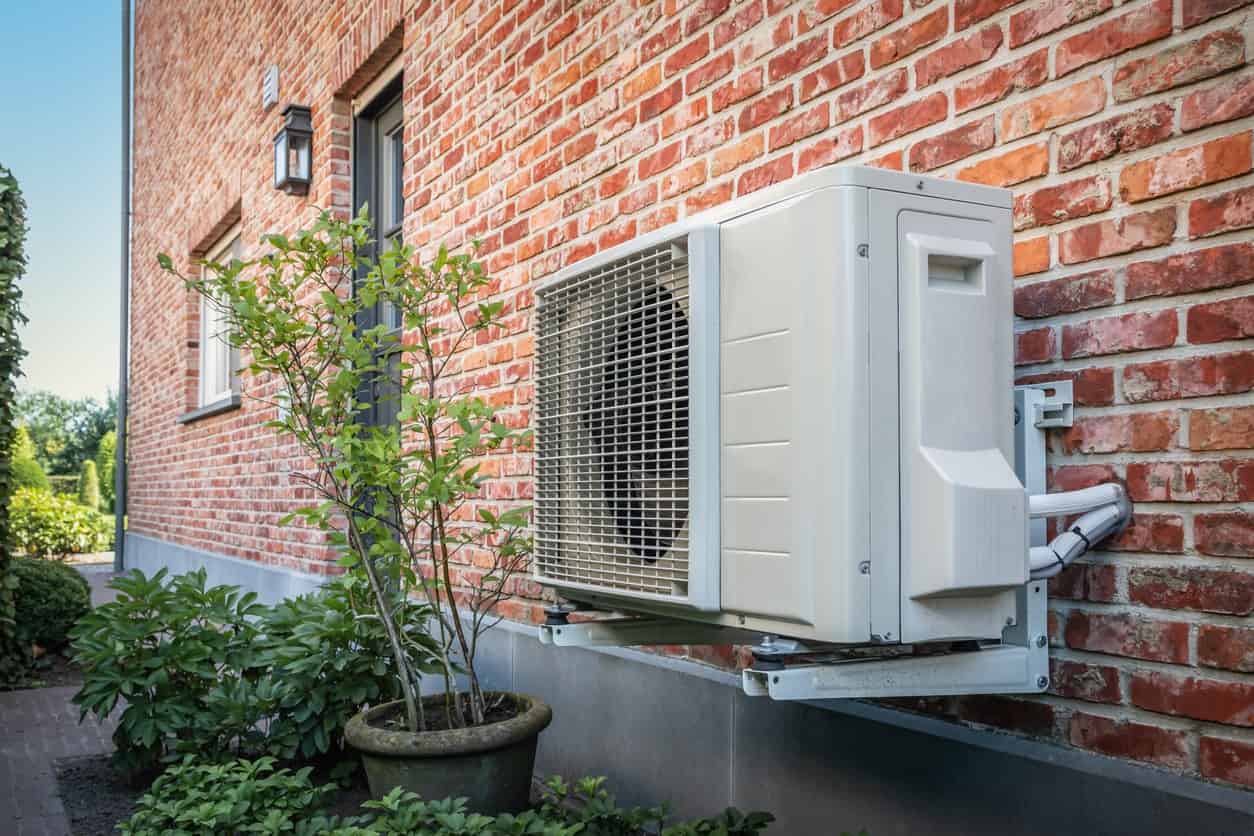
Revolutionising Heating with Colossal Heat Pumps
Europe is witnessing skyrocketing demand for large, energy-efficient heat pumps as it shifts away from fossil fuels[4]. German firm MAN Energy Solutions has developed one of the world’s largest heat pump units, with a 48 MW capacity capable of heating thousands of homes. Cities like Esbjerg, Denmark, and Stockholm, Sweden, have already adopted such colossal heat pumps as primary heat sources.
Heat pumps are 3-5 times more energy-efficient than natural gas boilers, making them essential for sustainable heating. Global capacity is expected to jump from 1000 GW in 2021 to 2600 GW by 2030, reducing natural gas demand by 80 bcm, heating oil by 1 million barrels per day, and coal by 55 million tonnes. District heating, which utilises giant heat pumps and distributes heat via insulated pipes, could cover 50% of Europe’s heating demand, with heat pumps delivering 25% of district heating grid energy.




